Photography November 27, 2019
The World’s Freshwater Laboratory from the Air
By Sumeep Bath, Communications Manager
It’s no secret that IISD Experimental Lakes Area—the world’s freshwater laboratory—is pretty unique.
And we can’t hide the fact that it’s pretty stunning. (Just check out our Instagram page for some superlative glamour shots of our lakes.)
But have you ever wanted to see us from a different angle? Thanks to the power of drone technology, you can now see us in a completely different light.
Take a look at the images and short videos below, and rediscover the world’s freshwater laboratory.
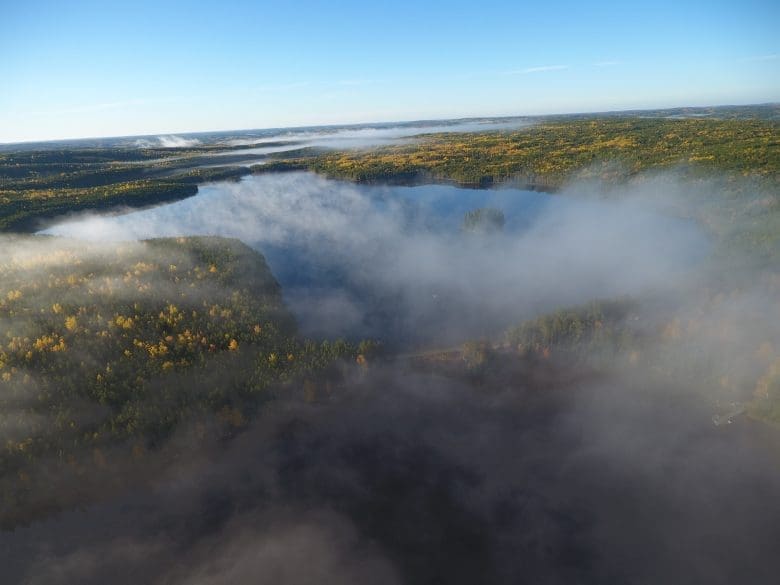
By the looks of the morning mist, it looks like Lake 240—one of our reference lakes—is still sleeping.
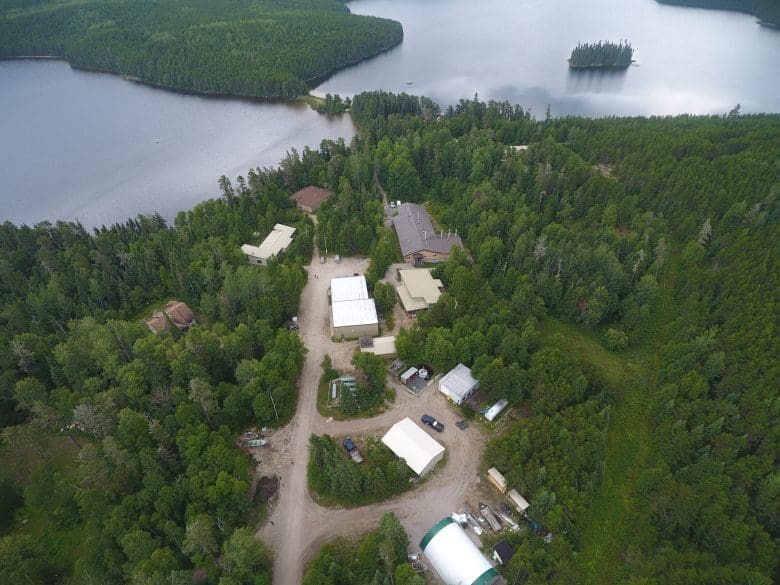

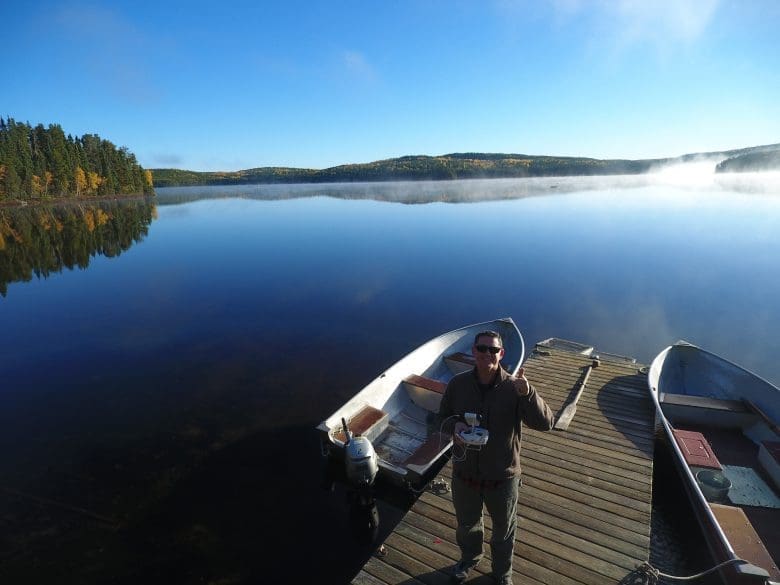
Here’s our Research Scientist Scott Higgins taking one of his patented mildly extreme selfies.


Here is what they look like standing together in an awkward sibling photo we made them take.
Lake 240 is at the back and Lake 239 appears in the foreground.https://youtu.be/l8wDVIYcw8g
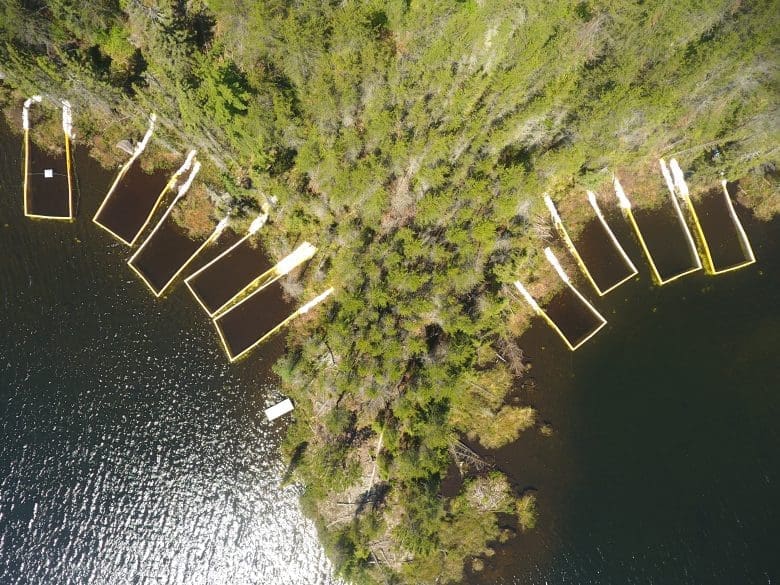
All in safe enclosures, of course. And this is what they look like.
Learn more here.
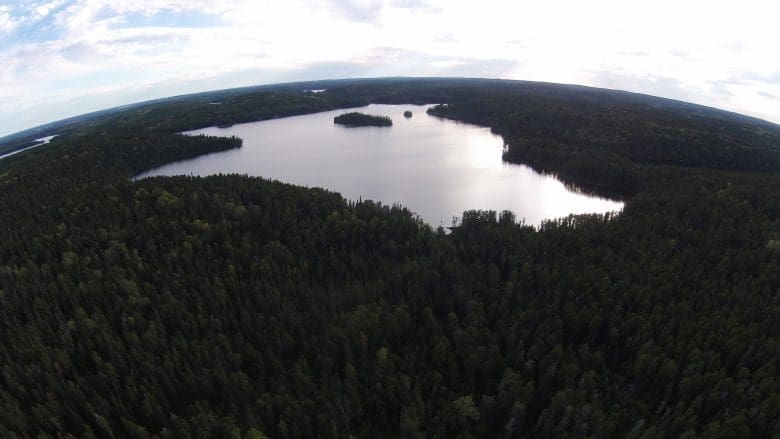
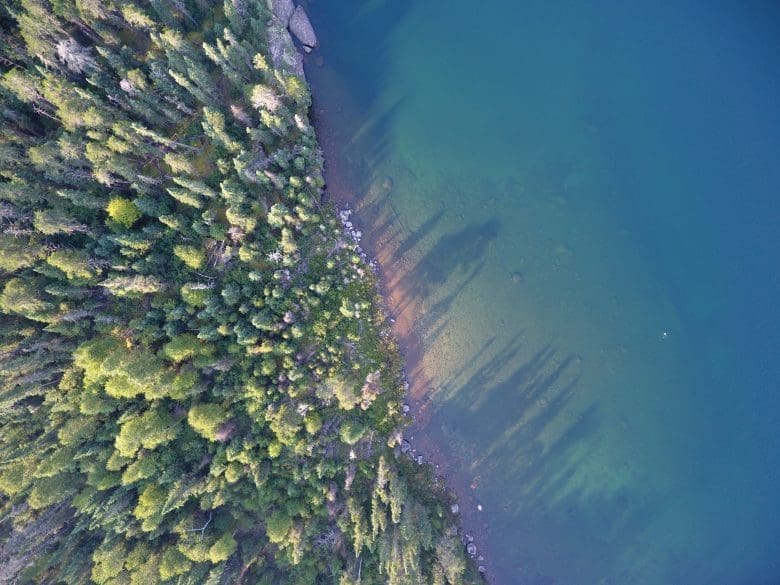
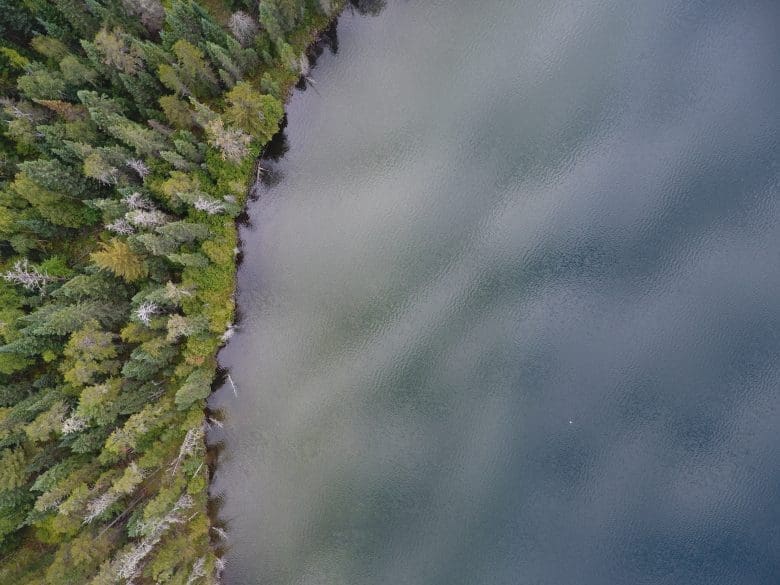

No worries; it looks as though our cooks are firing up the BBQ…
You know that ground-breaking freshwater research you just read about? Well, that’s actually down to you.
It’s only thanks to our generous donors that the world’s freshwater laboratory—an independent not-for-profit—can continue to do what we do. And that means everything from explore what happens when cannabis flushes and oil spills into a lake, to how we can reduce mercury in fish and algal blooms in fresh water—all to keep our water clean around the world for generations to come.
We know that these are difficult times, but the knowledge to act on scientific evidence has never been more important. Neither has your support.
If you believe in whole ecosystem science and using it to bring about real change to fresh water around the globe, please support us in any way you are able to.